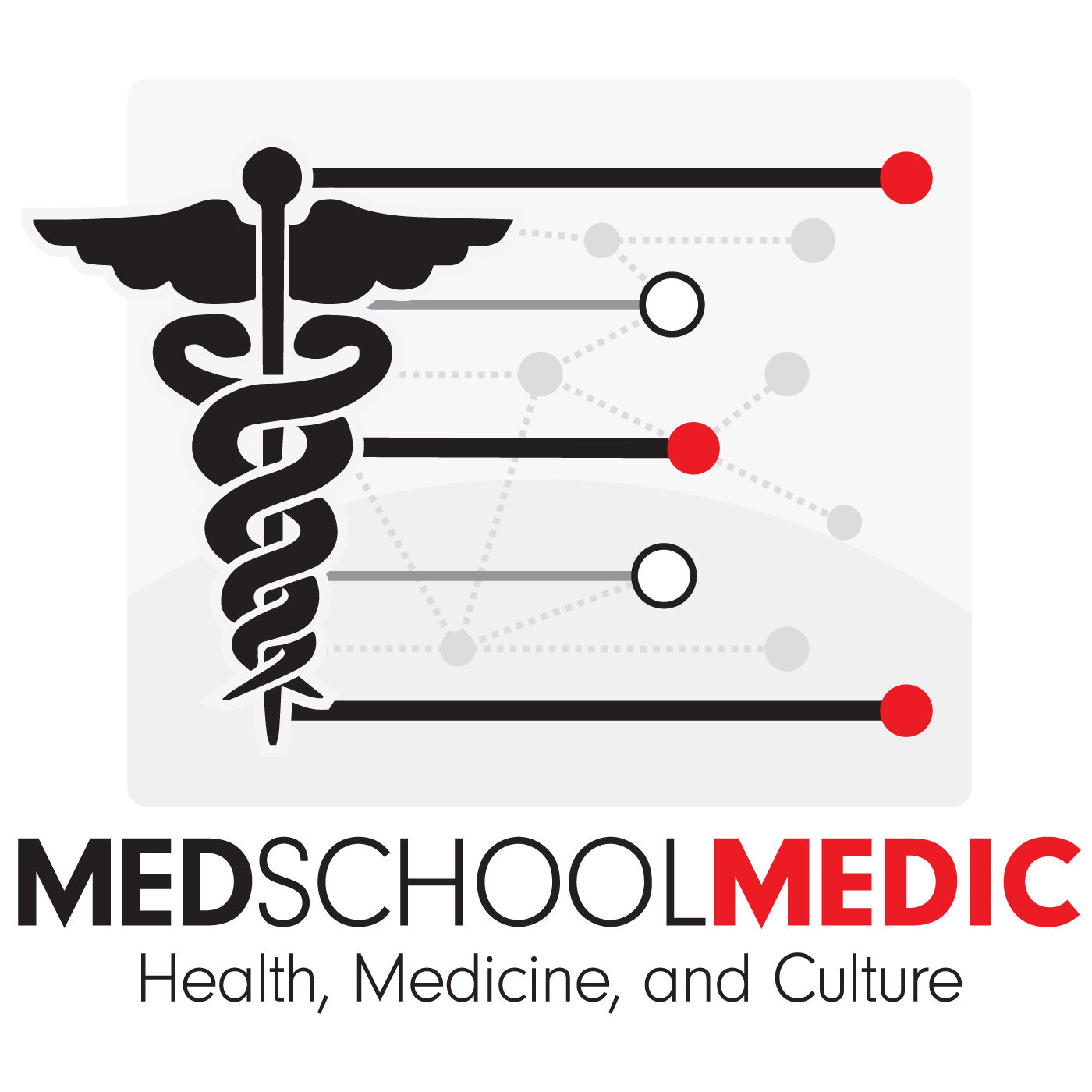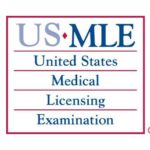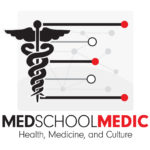MSM 002 The opioid epidemic
“We know of no other medication routinely used for a nonfatal condition that kills patients so frequently.”
-Dr. Tom Frieden
Director-Centers for Disease Control
In 2015, more than 13 million Americans reported using opioid medications for nonmedical purposes at last once in the previous year. Of those 13 millions, 2.5 million report having an opioid disorder that requires treatment. The rate of death related to opiate abuse has increased over 200% since 2002, and the estimated annual cost of treatment exceeds $78 billion per year. The opiate epidemic in the United States now claims more lives per year than the AIDS epidemic did at its peak.[1] How did we get here? What caused such an epidemic to occur seemingly overnight, and what can we do to fix it? First, lets begin with some historical context.
Opioid abuse can be traced back to the American civil war. Soldiers who were injured in battles would be treated with morphine, which led to the first documented opiate addiction problem in the nation. In 1898, Bayer (yes, that Bayer. The ones who make Aspirin) developed a drug that would reduce morphine use and would be considered to be a heroic drug given its diverse uses. This drug was heroin. Initially sold as a cough suppressant, heroin because a very popular drug that was eventually found to be the addictive drug we know today. Heroin was made illegal in 1924.
A resurgence in opioid medications was seen some 50 years later when an 11 line letter to the New England Journal of Medicine claimed that after a review of over 11,000 patients “the development of addiction is rare in medical patients with no history of addiction.” This statement, in addition to the recommendation in the medical community to make pain the “5th vital sign” led to the rise of drugs such as Percocet and Vicodin.
Some 20 years after the advent of widespread opioid use for pain control, the use of advertising in medicine had a significant impact on the use of opioid medications. In 1994 Purdue Pharma began clinical testing for a new painkiller that would be introduced to the market in 1996. The new drug, OxyContin was to be advertised to physicians with videos that showed a patient reporting that the drug “gave me my life back.” The advertising campaign helped opioid prescriptions jump from 2-3 million per year in 1993 to over 8 million in 1996. In 2001, the Joint Commission published a report stating that pain is to be assessed in all patients, and that the fear of the development of addiction to pain killers had been “inaccurate and exaggerated.”[2]
Since 2000, we have seen opiate addiction and treatment increase exponentially year to year. Patients that would once abuse drugs such as OxyContin would move on to cheaper, more available drugs such as heroin. This epidemic affects the entire United States, but disproportionately affects those in the Ohio River states (West Virginia reports 39.3 deaths per 100,000 population), and the northeast US (New Hampshire reports 31.7 deaths per 100,000). Compounding the problem is the mixture of heroin with more powerful opiates such as fentanyl, which can be 50-100 times more powerful than morphine. [3]
Presently, on an average day in the United States, more than 650,000 opioid prescriptions are dispensed. 3,900 people begin using prescriptions opioids for nonmedical uses. 580 people begin using heroin. 78 people die from an opioid related overdose. Each year, opioids cost more than $20 billion in emergency department and inpatient care, and $55 billion in health and social costs. In most of the United States, treatment capacity is less than 3 per 1,000 population. [4] So where do we go from here?
In 2016, the Centers for Disease control issued new guidelines regarding the prescription of opioids for pain management. The Joint Commission has also been petitioned by physician groups to end the call for mandatory pain assessments. These policies have led to a far too liberal policy of opioid pain killers in healthcare. [5]Its has been well-established that as opioid prescriptions grow, so too will addiction. Across the country, intranasal naloxone (Narcan) is becoming more readily available to EMS agencies, police departments, and lay people to help to reduce the risk of death due to opioid overdoses. More than $1 million in funding has been distributed to agencies by the U.S. Health Resources and Services Administration in order to increase the availability of naloxone to agencies that interface with opioid overdoses. In addition, several block grants have been issued to assist in funding, and the FDA has approved delivery devices that are easier to use for first responders and lay people.[6] It is clear that we still have a lot of work to due to help treat this epidemic, but we have made some good strides in the last five years.
For further information about drug abuse resources, please visit drugabuse.gov. If you or someone you know suffers from a drug addiction, please refer to the Narcotics Anonymous website at narconon.org.
[1] Friedmann, et al, How ACA Repeal Would Worsen the Opioid Epidemic New England Journal of Medicine 9 March 2017
[2] http://www.cnn.com/2016/05/12/health/opioid-addiction-history/
[3] http://www.economist.com/blogs/graphicdetail/2017/03/daily-chart-3
[4] http://www.hhs.gov/opioids/
[5] Meldrum, Marcia American Journal of Public Health August 2016 106:8
[6] http://www.hhs.gov/opioids

 NBME Cancels Step 2 CS, medical students rejoice.
NBME Cancels Step 2 CS, medical students rejoice.  The Do-Nothing Break
The Do-Nothing Break  Episode 22- Dr. Jessica Molokie
Episode 22- Dr. Jessica Molokie 